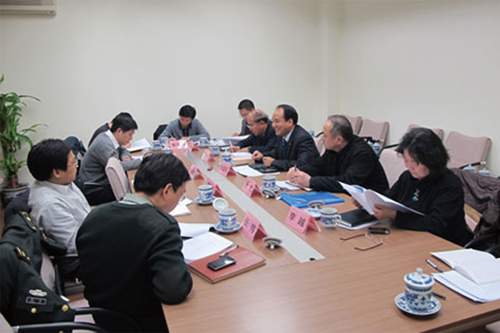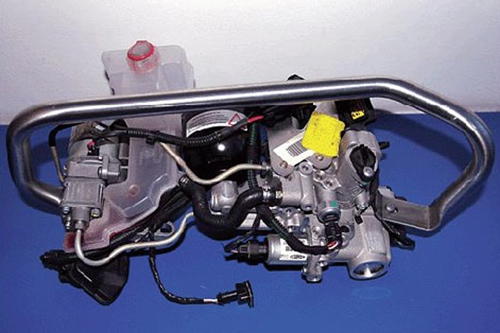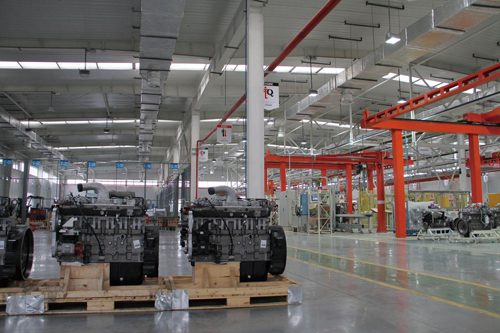China's Auto-parts Remanufacturing Emerges with Potential
2012/04/05 | By CENSAt the Progress Meeting of Auto Parts Remanufacturing Project hosted by the China Association of Automobile Manufacturers (CAAM) on March 2, 2012 in Beijing, Ye Shengji, deputy secretary general of CAAM, said remanufacturing is a strategic, emerging industry in China slated for special development, as well as a powerful driver of the automotive industry in China.
Since 2008, China has been trying to set up several auto-parts remanufacturing bases under the direction of the National Development and Reform Commission. From November 2011 to February 2012, experts commissioned by the CAAM successfully completed the certification and inspection of 14 enterprises applying to the remanufacturer association.

Advantages
Auto parts remanufacturing can prolong product life, cut material waste, reduce resources consumed from making brand new parts, hence being more eco-friendly. The practice, like material recycling, is generally deemed as an important way to sustain the automotive industry. Industry experts say that most remanufactured auto parts have been run-in and so are suitable for installation and reuse. In essence, parts remanufacturing can save over 70% of material costs, cut energy consumption by 60%, and lower overall cost by 50%.
Remanufacturing is not simply repair, maintenance nor reproduction of secondhand parts, but rather mass-retrofitting of used products to achieve equal or better quality than brand-new parts, which is done with advanced technologies to upgrade or restore automotive electro-mechanical performance.
A senior expert at the Chinese Academy of Engineering says that remanufacturing relies not on low-end repair techniques, but high-technologies, which achieves profit margins higher than that for making new parts.

The bottom-line for consumers is higher affordability: remanufactured engines cost only half that of new ones.
Unrecognized
Auto-parts remanufacturing, as tire retreading, is a mature industry in industrially advanced nations, but still burgeoning in China, which has however achieved some initial success in technical, market and policy development.
The auto parts remanufacturing sector in China faces a barrier: lower acceptance by the public, the senior expert explains, because remanufacturing is still a brand-new concept for most people in China, where consumers do not really understand the benefits of remanufactured auto parts, which can also be said about most enterprises. Ignorance, in short, undermines the popularization of remanufactured auto parts in China.
Besides the many technical differences between remanufacturing and traditional manufacturing, says the expert, China has to further strengthen its remanufacturing techniques via innovation, setting up competitive mechanisms, and pursuing higher-level, more practical technologies in related fields, all of which require accelerating the cultivation of professionals.
A key factor decides the smooth development of auto-parts remanufacturing. Most industry experts suggest the government set up a sound structures for parts recycling and remanufacturing, as well as encourage qualified enterprises to enter the sector, with an orderly market maintained to allow fair competition between quality remanufactures.
Pioneer
Shaanxi Fast Auto Drive Group Co. is a good example in the auto-parts remanufacturing sector in China. The company began a transmission remanufacturing project in 2008 without relying on precedents. So the firm had to spend about one and half years in research, mapping out its own development based on technical feasibility, efficiency and cost control.

Shaanxi Fast Auto strives to minimize its carbon footprint in production, even recycling used transmission fluid for special treatment, as well as adopting the advanced vacuum carbon-hydrogen ultrasonic method to clean recycled parts, greatly cutting wastes.
Lu says currently there is no technical exchange platform in the auto-parts remanufacturing sector, so his company collects useful information outside the industry from friends and experts in related fields. He urges the government to set up such a platform to enable players to compare notes for mutual benefit.




